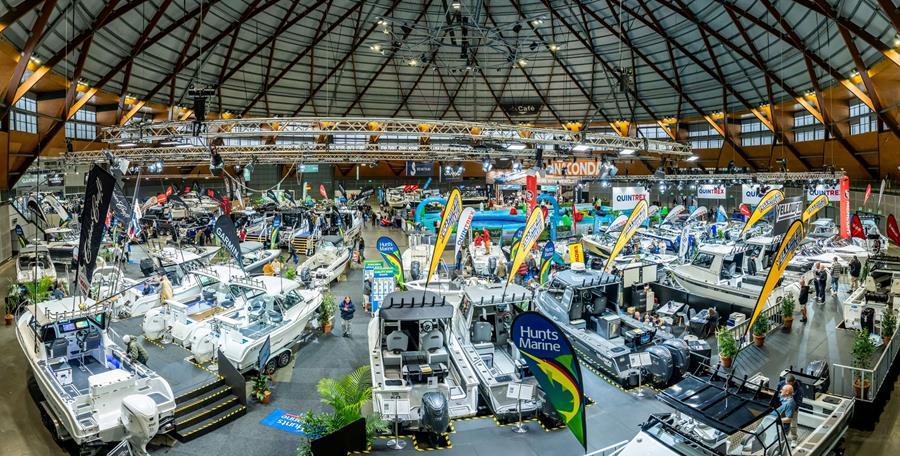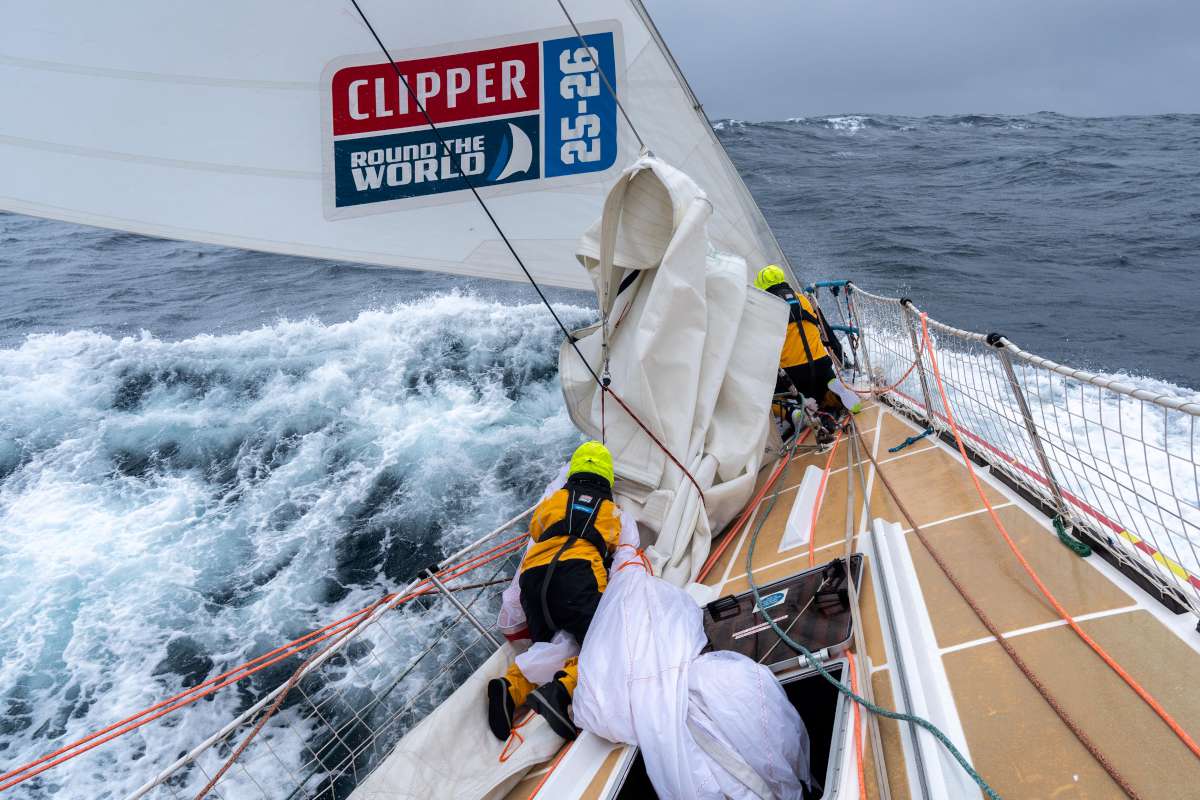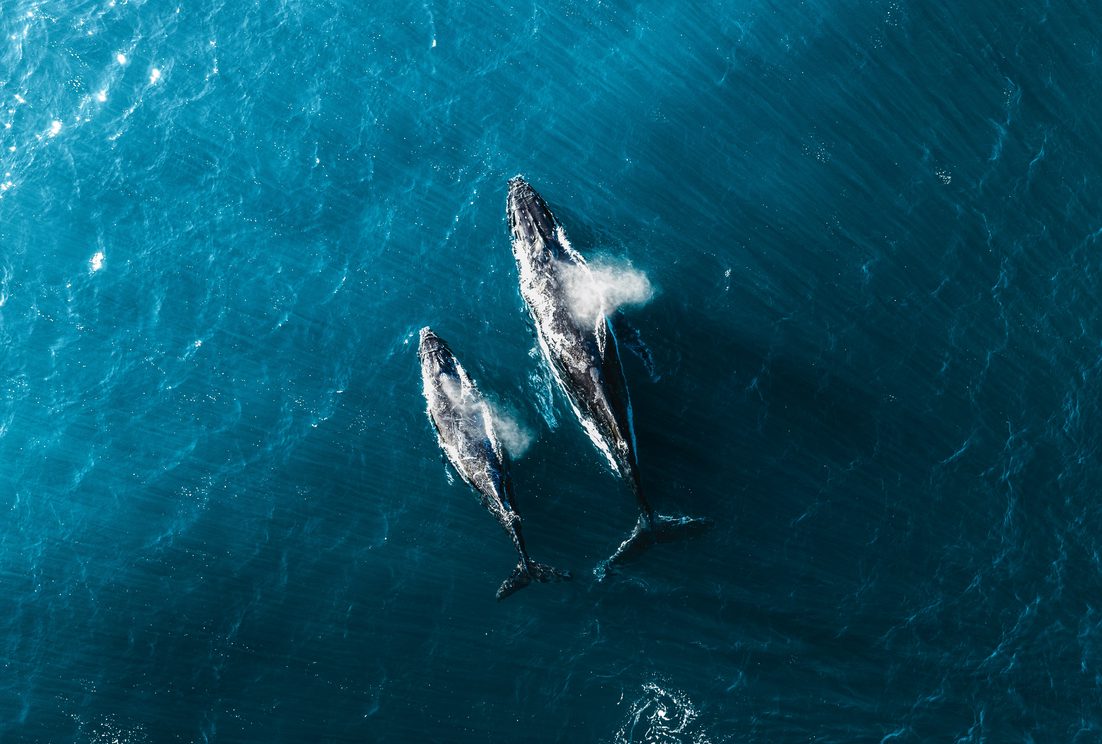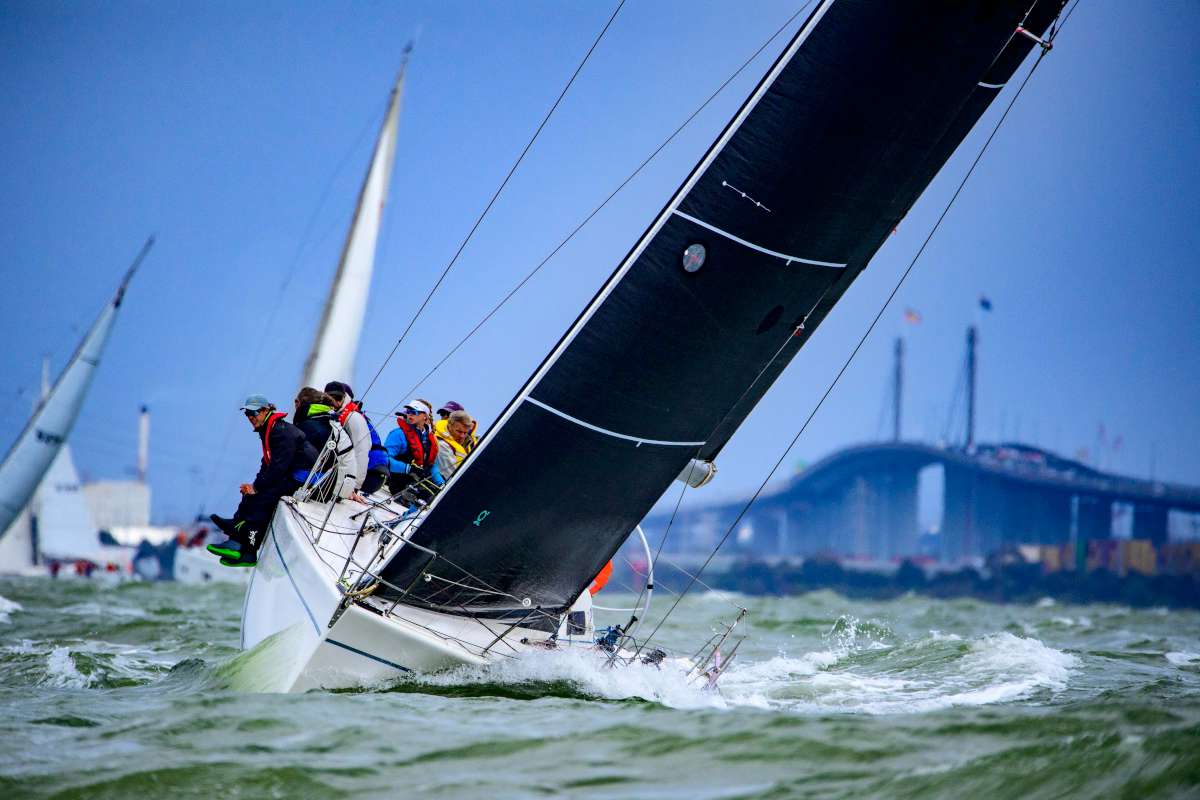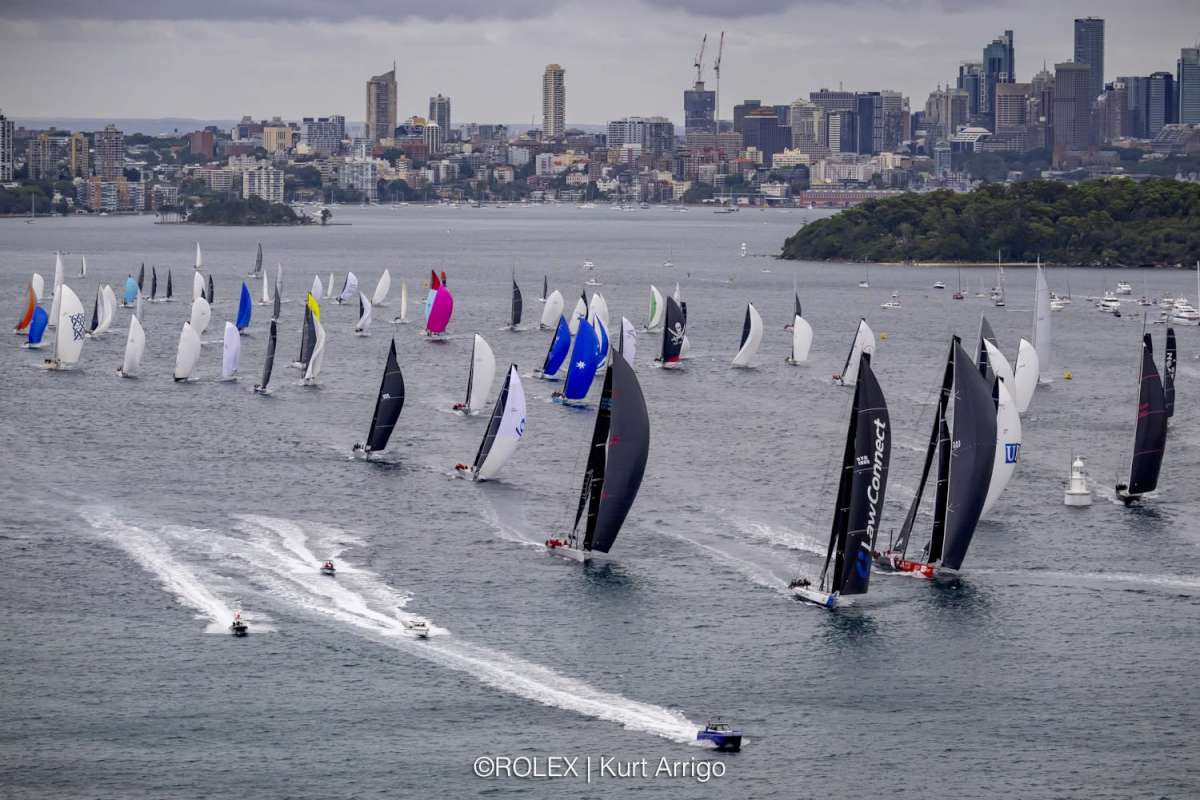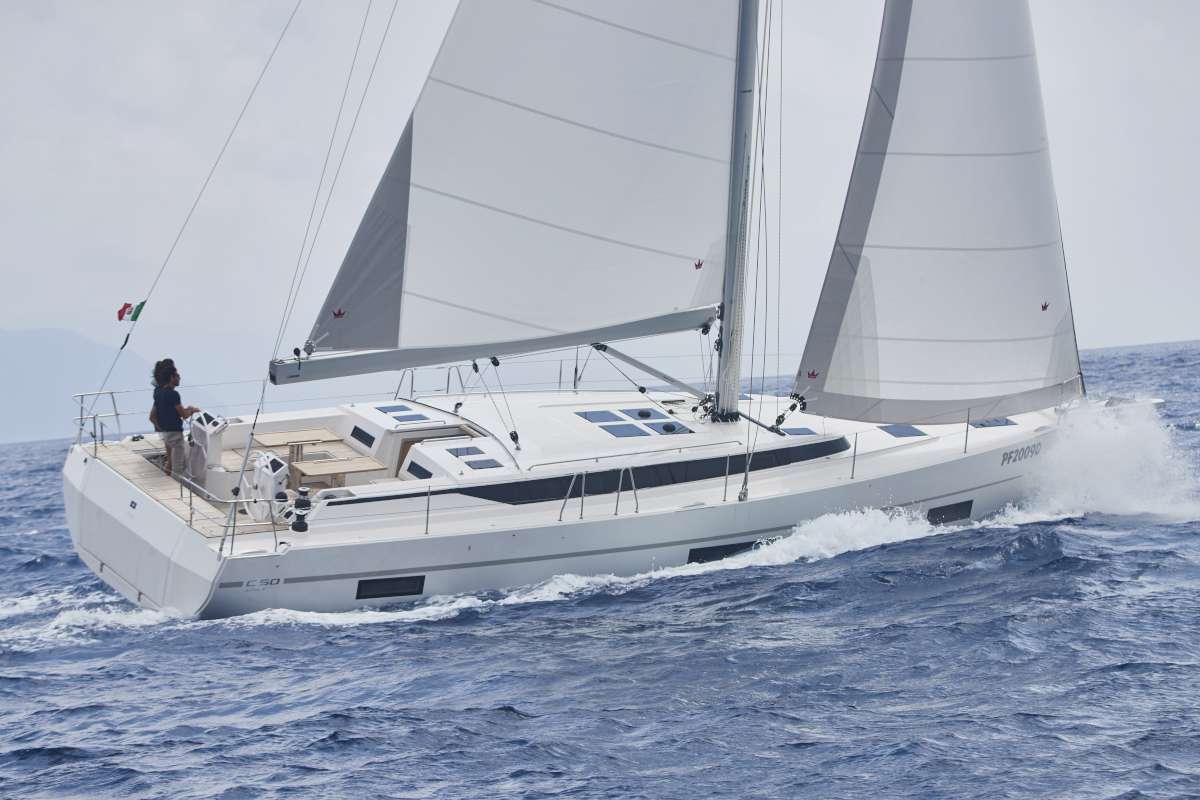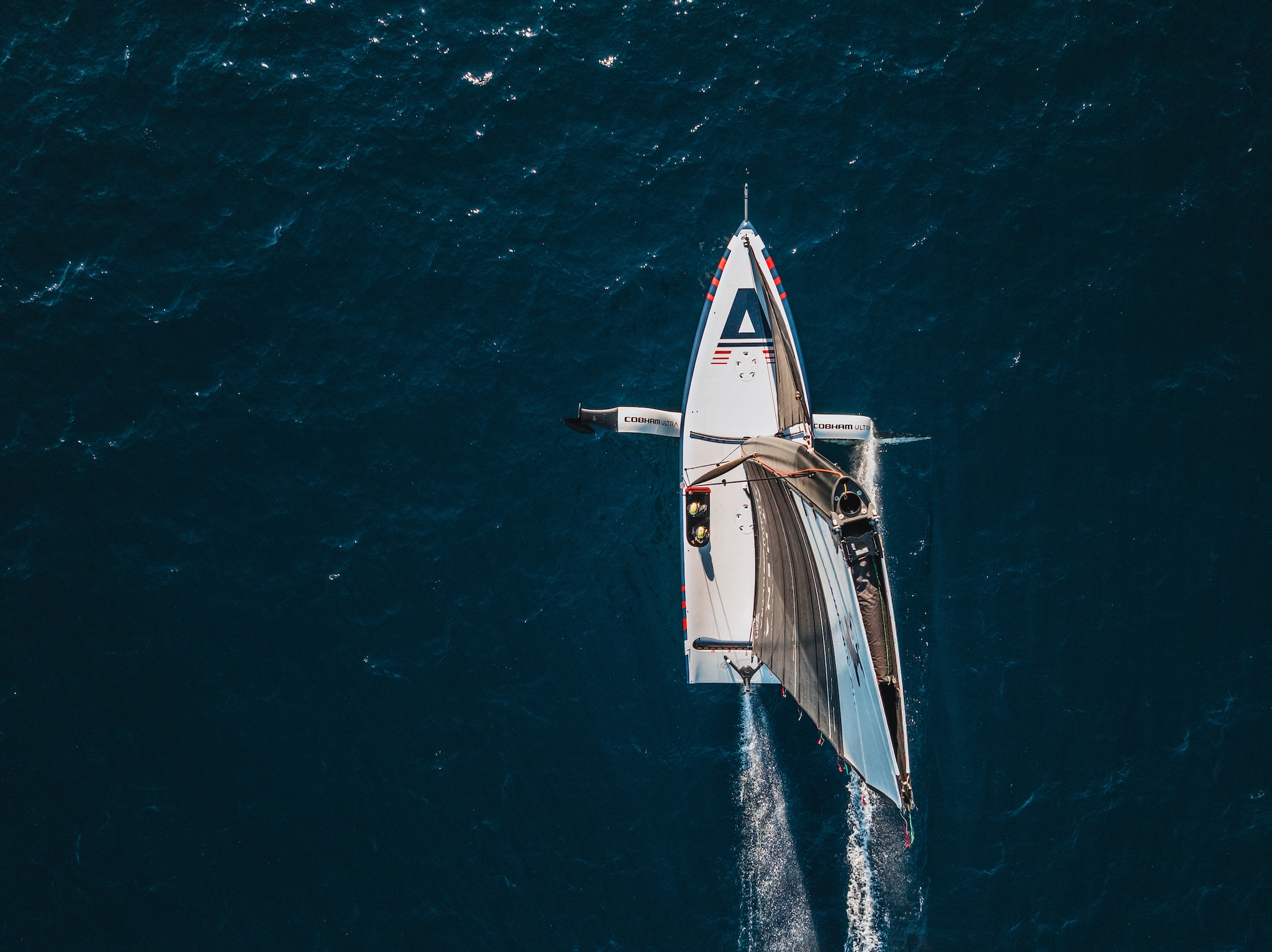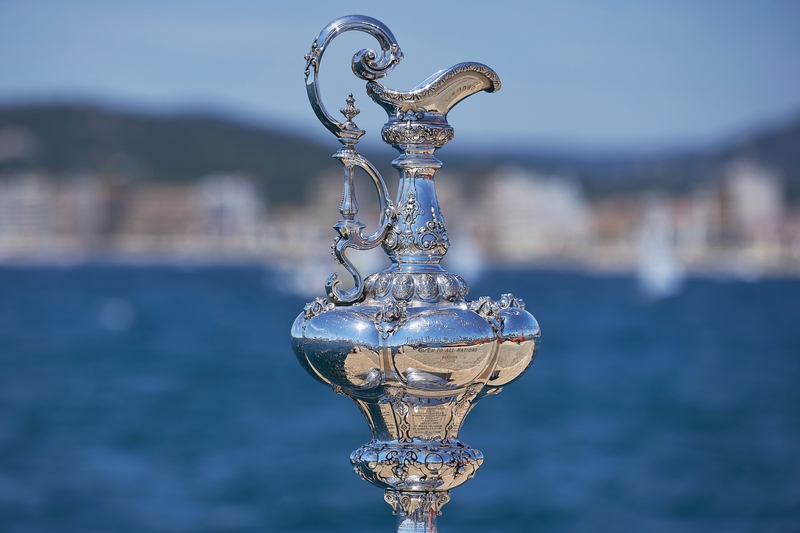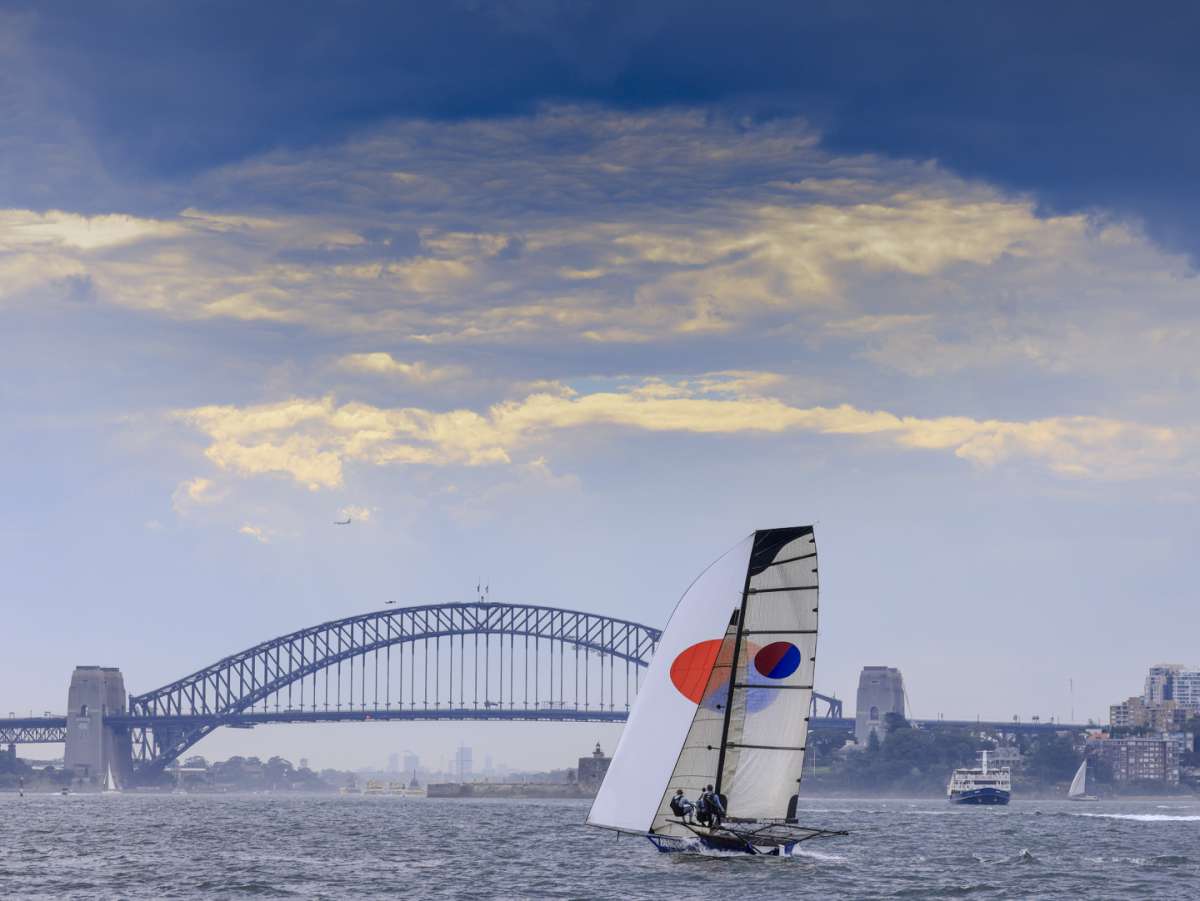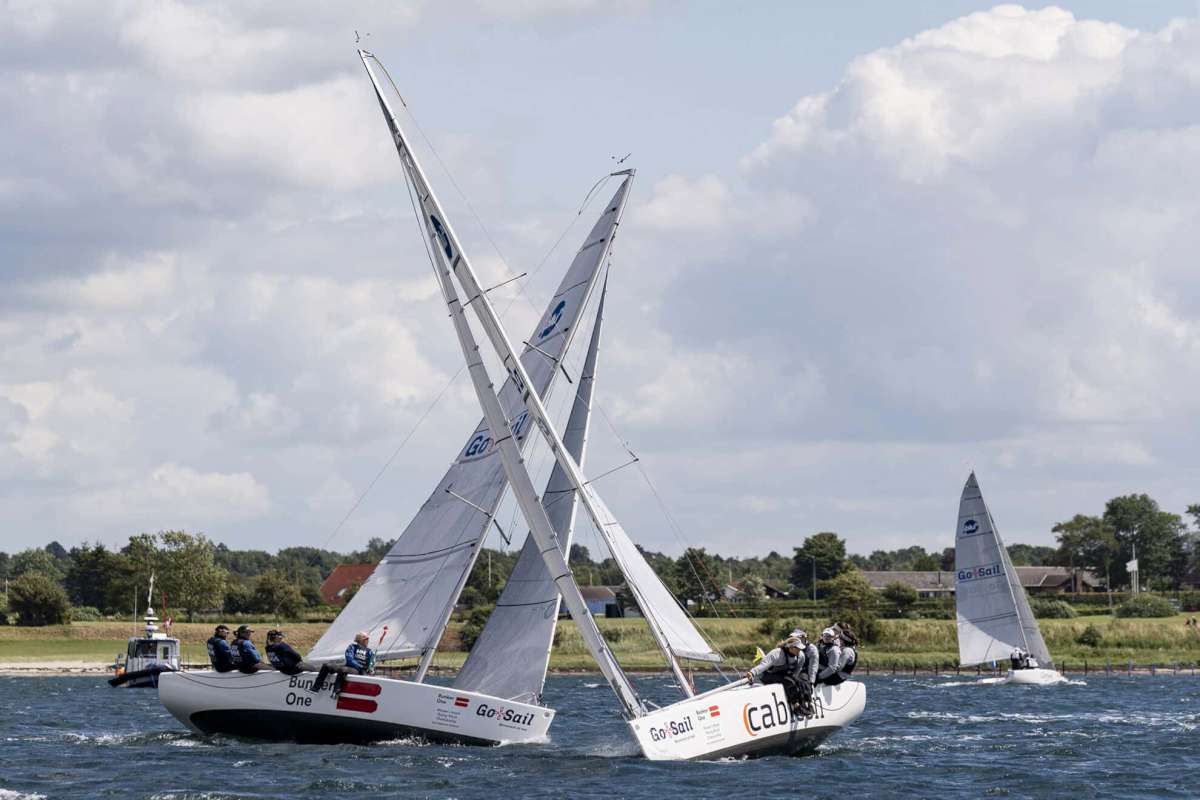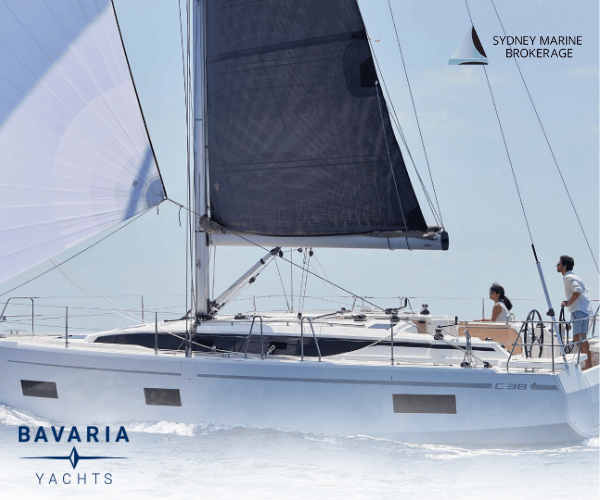JUST CRUISING BY KEITH FLEMING
Once you start your cruising life water takes on a new meaning so catching rain can be an important way to keep your tanks full.
To design an efficient water catcher you need to look at water in a different way. Not only do you have to collect it, you need to store it and keep enough in good condition for your wellbeing. Combined with the water catcher is the job of shade for the boat, as the one item will cover both. I see so many cruisers with inadequate shade cover and no water-collecting facilities. To begin with, assess the boat's water storage capacity. Do you have enough to last for a couple of weeks? You don’t want to be taking the trip shoreside twice a week to be filling the water tanks. When it rains every drop that lands should be collectable in your tanks and the best tanks are made of stainless steel. Water does tend to deteriorate in plastic or aluminium tanks. Rainwater caught on the boat can be so pure that it may go off a little so it pays to put a bucket of shoreside water in the tanks every now and again. If you are installing tanks then make sure you get them made with a drain in the very bottom of the tank. If you get poor water in your tanks or it becomes tainted you need to be able to drain them into the bilge and let the bilge pump expel it back into the sea. While on the topic of design, deck fillers are not the best idea as they often leak in salt water and have the possibility of diesel mistakenly being put into them. The best position for fillers is inside the cockpit seats.
Making a basic water-catcher
There is a great sense of satisfaction in collecting rainwater for yourself. Catching the water in a PVC cover is ideal although there are other methods like using the deck as a catcher, but this needs to be carefully managed and will not supply any shade. As your water catcher is also your deck shade, it needs to be big, solid, and strongly erected. The simplest shade is made of good quality PVC with a rope fitted in the shade area along each side of the boat, so that the water collects in the hammock-like shape. A skin fitting is mounted on the centre line above the cockpit and the water is directed straight into a fitting in the cockpit, which takes it directly to the tanks. Covers that have a ridgepole effect like a tent are not the way to go. This PVC cover is going to cost you a little less than a $1000 but it will be a great investment. The best way to measure up for one is to run a rope down each side of the yacht from the rear stay to each corner of the frame that you have built on the stern of your boat. If you have not got a transom frame then you might think about making one, as it is most useful to mount wind generators, radars, GPS aerials, fishing rod holders, safety gear, and the topping lift when you are not using it in port. The two ropes are mounted just overhead height so that it is comfortable to walk around the deck when you have it erected. This catcher also has sides that come down to within about 30cm of the side fence, to which it will be attached by plastic snaps. Having erected the ropes, you can now measure the distance between them and adding about 5cm to form a “belly” to collect the water. This shade and rain catcher is going to be quite heavy but as it will be exposed to the weather most of the time you will need to have good quality gear and expect it to last at least 10 years.
Materials
Before you take the trip to your awning manufacturer you need to consider all the extra little bits. The rope you use will need to be good quality woven rope that will not wear. It will be attached either end to the stay and the transom frame with stainless dog leash clips. These clips with their sliding bolt make it easy to attach and release. This is important when you might want to take it down in a strong blow. These clips fit nicely around the stainless stay wire. Do not use those yacht clips that have a wire tongue that you have to depress. To keep the catcher in position on the stay, you fit small stainless U-bolts at just the right height on the stay. The PVC must be welded around the ropes, not sewn. This is why you go to an awning maker not a sail maker. The catcher goes virtually up to the mast so you need to have two eyelets to put a cord around the mast to hold it forward against the wind. Each corner, where the rope comes out, will also need to be strengthened and sewn on to the rope by hand to stop it slipping on the rope. Other points that need to be reinforced are each forward corner and all the eyelets along the side where you are having the cords to attach it to the fence. A zip inserted on each side beside the cockpit is a good idea so you can enter and leave the boat easily. This is a double-sided zip. An eyelet in the centre at the stern end will be needed to attach it to the frame.
You will need to remove your topping lift and move the boom to one side. The topping lift is usually clipped on to the transom frame and tied off out of the way. You will need a boom crutch of some design depending on whether you have a solid dodger or a soft one. The boom is usually placed over to the side opposite to that where the boarding ladder is fitted. When sailing from one anchorage to another, the catcher is usually laid on the deck on the same side as the boom crutch and can be lashed to the fence or stanchion posts. Its weight ensures it will sit there quite comfortably. When fitting, you always attach the forward clip first and then the back clip on the same side then the other forward clip. Getting the water from the belly of the catcher to the tank will require a couple of more reinforcing points. One above the cockpit where you are going to fit a plastic skin fitting of at least 18mm diameter and will take an 18mm snap-on hose fitting. The hose will snap on to a similar fitting in the cockpit to take the water to the tank. The hose has a female snap-on fitting each end. The second reinforcing will be right beside the skin fitting but will have a welded PVC loop to pull the belly of the catcher down so the water runs into the skin fitting. This loop is attached by cord or bungy to a strong point in the cockpit or the dodger. You will need to visualise this when taking your measurements so you know where to get the reinforcing welded on.
When the tanks are full, you may need to have some overflow system for the tanks and if you are on board you can disconnect the hose from the filler and direct it down one of the cockpit drains. All yachts should be fitted with a water filter between the water pump and the outlets. One last item is the backstay. If you don’t have a transom frame but have twin backstays then you can erect a cross bar between the stays and attach the cove to the ends. When measuring up you may decide to stop the cover just short of the backstays. This catcher will collect you heaps of water and provide excellent shade. When erected not only will it catch the water but will keep the boat nice and cool in the tropics.




